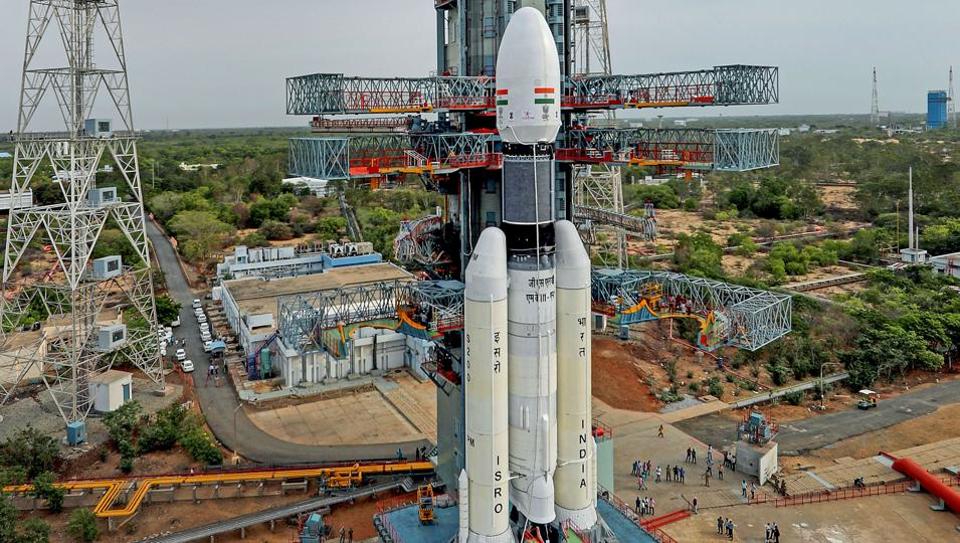Indian Space Research Organisation (Isro) Chairman K Sivan announced on June 2019 that India’s second mission to the Moon, Chandrayaan-2, would be launched on July 15, 2019. It will launch from the Indian Space Research Organization’s (ISRO’s) Satish Dhawan Space Center, a facility on the barrier island of Sriharikota, off the coast of the eastern state of Andhra Pradesh. Riding atop the nation’s most powerful rocket, the spacecraft is India’s most ambitious mission of its kind yet.
Chandrayaan-2 will go to the Moon’s south polar region whose aim is to improve the understanding of the Moon discoveries that will benefit India and humanity as a whole. Being India’s mission, almost the entire Chandrayaan-2’s orbiter, lander, and rover have been designed and made in India and will be using its most powerful rocket launcher, GSLV Mk III, to carry the 2.4-tonne orbiter with a mission life of about a year.
While explaining why the Indian Space Research Organisation (ISRO) has chosen the spot close to the Moon’s South Pole, former ISRO Chairman AS Kiran Kumar said, “We are going near the South Pole because it is a different place than what has been done earlier. You can expect to find something different only when you look at newer places. This time we are going to a place where others have not gone.”
Once the Vikram lander separates, it will head to a region that is little explored till date as most of the lunar landings have taken place in the northern hemisphere or the equatorial region. After landing, the rover will carry out chemical analysis of the lunar soil and the lander will measure the Moon’s quakes and dig into the lunar crust, among other things.
After Chandrayaan-1 in 2009 that made the breakthrough of discovering the presence of water molecules on the Moon’s surface, India will continue its search for water on the lunar surface. The human can hope to colonise on the moon only when native water can be found on it.
Prime Minister Narendra Modi has vowed to send a manned mission into orbit by 2022. According to most experts, the geostrategic stakes are small but that India’s low-cost model could win commercial satellite and orbiting deals.
Although it may seem that ISRO has deliberately timed Chandrayaan-2’s launch to closely coincide with the 50th-anniversary celebrations of the first human lunar landing, which will occur on July 20, the proximity is the result of chance alone. Originally intended to launch several years ago, Chandrayaan-2 was repeatedly delayed, in large part because of Russia’s withdrawal as a partner on the mission—a development that forced India to build the lander Russia failed to deliver. In coming years, the Chandrayaan-2 lander and rover are destined to be joined at the lunar south pole by a burgeoning fleet of new exploratory craft from other nations, including the U.S. and China and perhaps countries from Europe—as well as those built, launched and operated by private-sector initiatives.

Leave a Reply